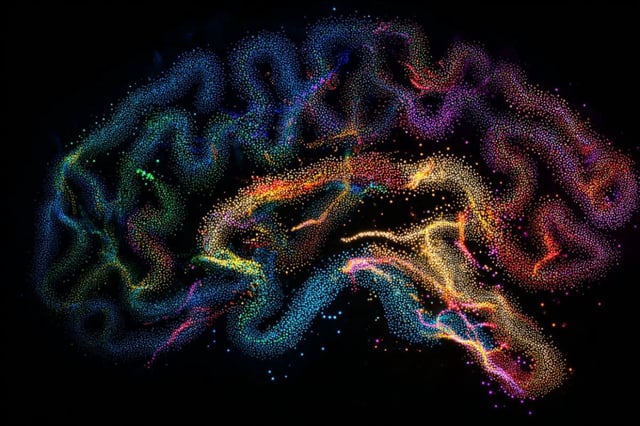Overview
- A Nature paper published July 23 demonstrates that hippocampal place-cell activity shifts on each traversal of an identical virtual maze despite rigorous control of visual, locomotor and olfactory cues.
- Researchers used a custom multisensory virtual reality system, treadmill tracking and nasal cones to ensure mice experienced the same visual, speed and smell inputs across runs.
- Analysis showed that highly excitable neurons maintained more consistent place-cell firing patterns, while less excitable cells exhibited greater representational drift.
- These findings confirm that spatial memories are dynamic and that representational drift is an intrinsic feature of hippocampal coding, not an artifact of uncontrolled variables.
- Because neuron excitability declines with age, the study suggests a mechanistic link between reduced cellular stability and age-related spatial memory decline.
